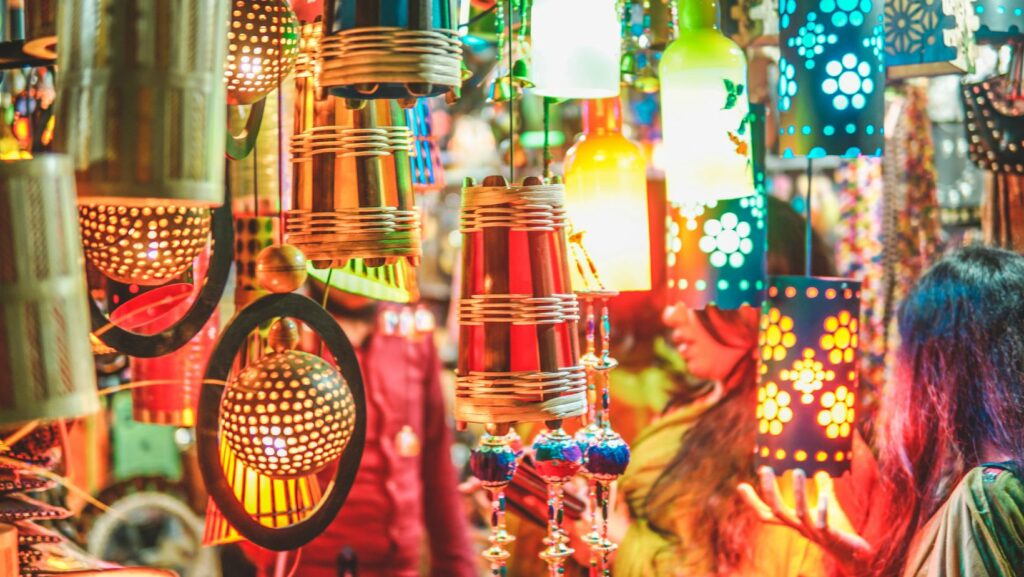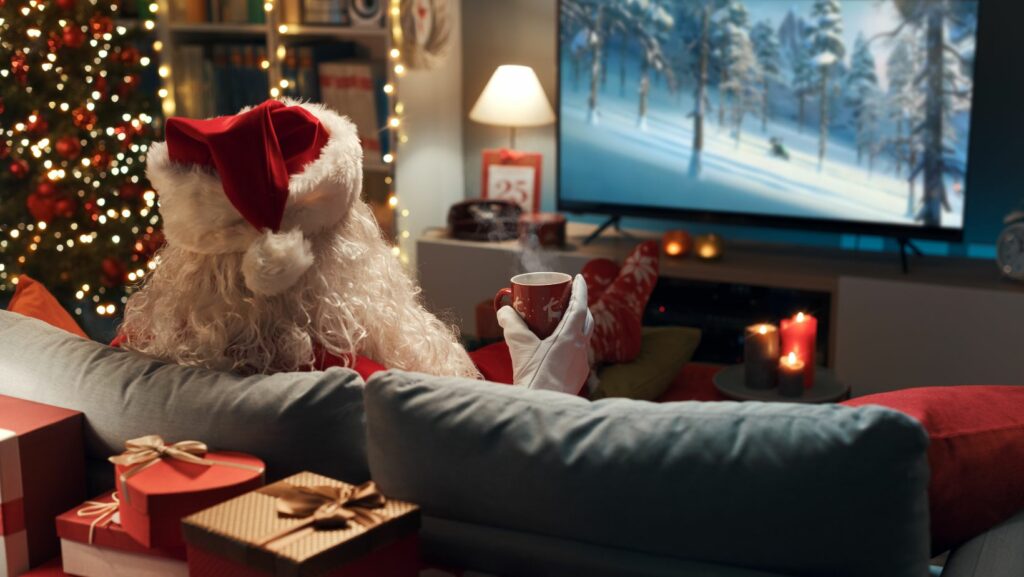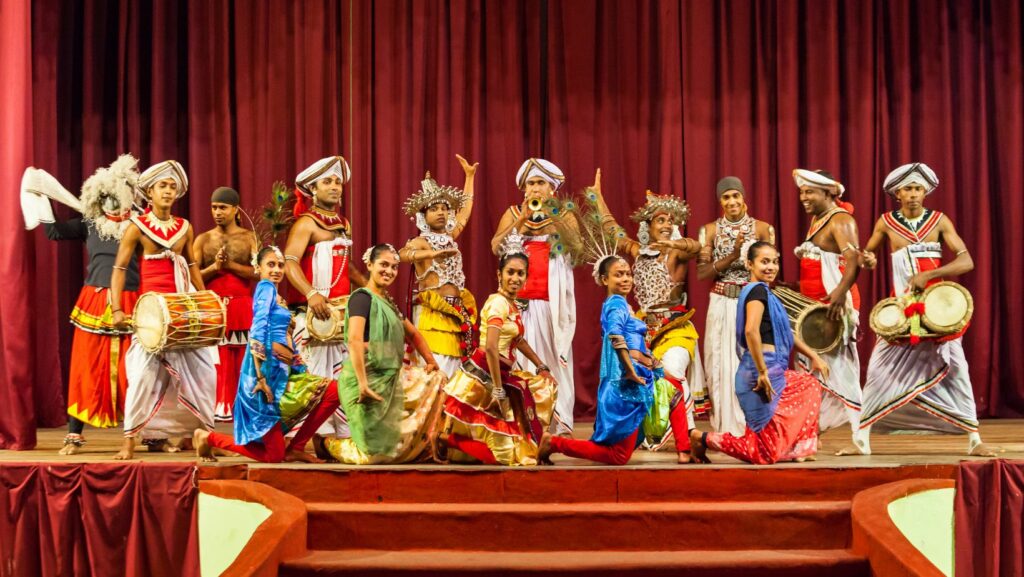Key Takeaways
- Fashion and Film Connection: Iconic movie outfits play a pivotal role in storytelling, marking characters and influencing fashion trends beyond the screen.
- Cultural Significance: Outfits, such as Audrey Hepburn’s little black dress or Marilyn Monroe’s white dress, evoke nostalgia and carry cultural weight, becoming symbols of their respective eras.
- Modern Influence: Contemporary outfits continue to resonate with audiences; examples include Zendaya in “”Dune”” and Lady Gaga in “”A Star is Born,”” showcasing how cinematic fashion impacts modern styles.
- Social Media Impact: Platforms like Instagram and TikTok amplify the influence of iconic movie outfits, turning them into viral trends and encouraging emulation among a younger demographic.
- Role of Accessories: Accessories complement iconic outfits, adding layers of meaning to characters, such as Dorothy’s ruby slippers symbolizing hope and John Travolta’s leather jacket representing rebellion.
- Significance of Costume Designers: Costume designers shape film narratives through fashion, using thoughtful design choices to communicate character traits and emotional journeys effectively.
From the moment a character steps onto the screen, their outfit can become as memorable as the film itself. Iconic movie outfits not only define characters but also leave a lasting impact on pop culture. Think of the little black dress worn by Audrey Hepburn in “”Breakfast at Tiffany’s”” or the leather jacket sported by John Travolta in “”Grease.”” These ensembles transcend their films, influencing fashion trends and inspiring countless fans. As audiences connect with these styles, they often seek to emulate them, showcasing the powerful relationship between film and fashion. This article explores some of the most unforgettable movie outfits that have shaped pop culture, revealing how these looks continue to resonate with viewers today. Whether they’re whimsical, daring, or timeless, these outfits remind us that fashion is an integral part of storytelling in cinema.
Pop Culture Iconic Movie Outfits
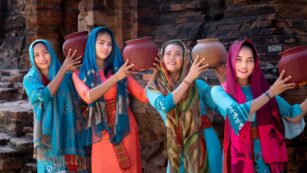 Pop culture iconic movie outfits serve as visual shorthand for characters and narratives, often affecting societal fashion trends. Iconic garments not only symbolize characters but also evoke nostalgia and cultural significance. For instance, Marilyn Monroe’s white dress in “”The Seven Year Itch”” conveys glamour, highlighting feminine allure. Similarly, the ragged but stylish attire of the Joker in “”The Dark Knight”” reflects chaos and rebellion. Costumes like Dorothy’s blue gingham dress in “”The Wizard of Oz”” resonate with themes of innocence and adventure, reinforcing character traits through visual cues. In “”Clueless,”” Cher’s fashionable ensembles epitomize 1990s style, influencing countless wardrobes and cementing a lasting legacy in fashion.
Pop culture iconic movie outfits serve as visual shorthand for characters and narratives, often affecting societal fashion trends. Iconic garments not only symbolize characters but also evoke nostalgia and cultural significance. For instance, Marilyn Monroe’s white dress in “”The Seven Year Itch”” conveys glamour, highlighting feminine allure. Similarly, the ragged but stylish attire of the Joker in “”The Dark Knight”” reflects chaos and rebellion. Costumes like Dorothy’s blue gingham dress in “”The Wizard of Oz”” resonate with themes of innocence and adventure, reinforcing character traits through visual cues. In “”Clueless,”” Cher’s fashionable ensembles epitomize 1990s style, influencing countless wardrobes and cementing a lasting legacy in fashion.
These outfits remain ingrained in public consciousness, encouraging fans to replicate the looks at events like Halloween and cosplay conventions. The impact of these designs extends beyond the silver screen, shaping retail collections and red carpet moments. Businesses often draw inspiration from cinematic fashion, effectively merging film with consumerism through thematic clothing lines.
Ultimately, pop culture iconic movie outfits enrich storytelling in cinema, offering a tactile experience that audiences cherish. The intersection of film and fashion continues to evolve, reflecting changing cultural dynamics while celebrating timeless aesthetics.
Iconic Outfits from Classic Films
Iconic outfits from classic films remain etched in pop culture history, shaping fashion and influencing trends. These legendary ensembles serve as visual markers of their respective eras, making a lasting impact.
Vintage Fashion in Cinema
Vintage fashion in cinema showcases distinctive styles that define characters and periods.
- Audrey Hepburn in “”Breakfast at Tiffany’s””: The little black dress becomes synonymous with chic elegance, symbolizing sophistication and timelessness.
- Marilyn Monroe in “”The Seven Year Itch””: The billowing white dress captures a moment of glamour, reflecting both femininity and allure.
- James Dean in “”Rebel Without a Cause””: The red jacket and jeans combination portrays youthful rebellion, influencing men’s casual wear for generations.
- Dorothy in “”The Wizard of Oz””: The blue gingham dress embodies innocence and nostalgia, becoming an enduring symbol of childhood.
These outfits not only define characters but also establish benchmarks for subsequent style trends, illustrating the deep-rooted connection between cinema and fashion.
Influence of Classic Films on Modern Style
Classic films have profoundly influenced modern style, driving trends that transcend generations.
- “”Grease”” and Leather Jackets: John Travolta’s leather jacket popularizes a rock ‘n’ roll aesthetic that remains a staple in men’s fashion.
- “”Clueless”” and Preppy Fashion: Cher’s vibrant outfits inspire the resurgence of 1990s preppy fashion, evident in contemporary collections.
- “”The Breakfast Club”” and Casual Wear: The diverse styles of the characters showcase a blend of punk, preppy, and sporty looks, shaping everyday fashion choices today.
- “”A Clockwork Orange”” and Bold Statements: The film’s striking outfits encourage daring fashion experiments among modern designers.
Classic film outfits continue to inspire designers, helping shape street style and mainstream fashion, reflecting evolving cultural narratives.
Contemporary Pop Culture Iconic Movie Outfits
Contemporary cinema continues to influence fashion, presenting memorable outfits that resonate with audiences. This section explores iconic looks from the 21st century and examines how social media amplifies their impact on fashion trends.
Memorable Looks from the 21st Century
Memorable outfits from the 21st century showcase distinct styles that leave lasting impressions.
- Michelle Williams in “”Blue Valentine””: Williams’ vintage-inspired dresses reflect heartbreak and nostalgia, connecting deeply with viewers.
- Lana Condor in “”To All the Boys I’ve Loved Before””: Condor’s chic ensembles, particularly her signature plaid skirt, embody youthful romance and have sparked trends in school attire.
- Timothée Chalamet in “”Call Me by Your Name””: Chalamet’s summer wardrobe, including tailored shorts and knitwear, merges casual with high fashion, influencing menswear aesthetics significantly.
- Lady Gaga in “”A Star is Born””: Gaga’s bohemian looks highlight a raw authenticity, blending elegance with everyday wear that resonates with modern audiences.
- Zendaya in “”Dune””: Zendaya’s futuristic outfits, designed by renowned fashion house Balenciaga, showcase bold color schemes, emphasizing strength and individuality.
The Impact of Social Media on Fashion Trends
Social media significantly shapes how contemporary movie outfits influence fashion.
- Instagram: Users showcase looks inspired by films, creating viral trends that prompt brands to capitalize on the renewed interest in those styles.
- TikTok: Short videos feature outfit recreations from popular movies, turning iconic looks into challenges that engage younger demographics.
- Pinterest: Users curate boards highlighting fashion moments from films, seamlessly blending contemporary styles with cinematic nostalgia.
- Influencer Culture: Fashion influencers incorporate iconic movie outfits into their wardrobes, driving trends that echo character aesthetics and styles.
- Hashtags: Hashtags related to film outfits lead to collective fashion movements, bringing diverse fan interpretations of iconic looks to the forefront.
These elements collectively underscore how modern pop culture iconic movie outfits continue to inspire and shape the fashion landscape in notable ways.
Iconic Accessories That Defined Characters
Accessories often elevate character outfits, making them unforgettable in cinematic history. From jewelry to
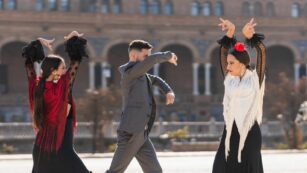 footwear, these elements reflect personalities and enhance storytelling.
footwear, these elements reflect personalities and enhance storytelling.
- Audrey Hepburn’s Pearl Necklace: The stunning pearl necklace in Breakfast at Tiffany’s symbolizes elegance and sophistication. It positions Holly Golightly as a fashion icon.
- John Travolta’s Grease Lightning: The slick leather jacket worn by Travolta in Grease embodies rebellion and youth, influencing countless fashion enthusiasts.
- Marilyn Monroe’s White Gloves: Monroe’s gloves in The Seven Year Itch add glamour to her iconic look, demonstrating the power of subtle details in striking outfits.
- Dorothy’s Ruby Slippers: The iconic ruby slippers in The Wizard of Oz signify hope and magic, becoming a crucial element of her character’s journey.
- Cher’s Stylish Accessories: In Clueless, Cher’s hats and handbags reflect her fashionable and confident personality, establishing a style that resonates with fans.
- The Joker’s Makeup: The Joker’s distinctive makeup in The Dark Knight signifies chaos and unpredictability, making it an integral part of his menacing presence.
Each accessory not only complements the outfits but also serves as a visual cue for character traits and narrative arcs.
The Role of Costume Designers in Film
Costume designers play a crucial role in establishing the visual identity of films. They create outfits that resonate with characters, enhance storytelling, and impact audience perceptions. By closely collaborating with directors and producers, costume designers ensure the outfits align with the film’s themes and narratives.
Costume designers utilize research to source period-appropriate clothing, drawing from various cultural and historical elements. They analyze scripts to develop garments that reflect character traits, emotional arcs, and transformations throughout the storyline. For instance, the transformation of Eliza Doolittle in “”My Fair Lady”” showcases a character’s growth through her evolving wardrobe, reinforcing the narrative.
Costume design also influences fashion trends outside the film industry. Iconic outfits, such as those worn by characters like Holly Golightly or Sandy Olsson, often inspire real-world fashion, making their mark on popular culture. Designers like Edith Head and Jacqueline Durran have pioneered this intersection, reinforcing the importance of costume design in shaping both cinematic and fashion landscapes.
Moreover, costumes serve as visual symbols that convey emotions. In “”The Wizard of Oz,”” Dorothy’s blue gingham dress encapsulates innocence and nostalgia, while the Wicked Witch of the West’s dark attire symbolizes menace. Such visual storytelling enhances the audience’s emotional connection to the characters, enriching their viewing experience.
Costume designers excel at using color psychology in their creations. Colors communicate a character’s mood, personality, and role. The vibrant reds of Jessica Rabbit illustrate seduction, while the muted tones of the Joker emphasize chaos and unpredictability. These intentional choices craft a more profound connection with viewers, reinforcing character identities.
In modern cinema, costume designers continue to innovate, using technology to create unique designs. Films like “”Dune”” showcase futuristic costumes that push boundaries, utilizing materials and digital techniques to create eye-catching visuals. This evolution reflects ongoing changes in fashion and technology, keeping costume design relevant in contemporary storytelling.
Ultimately, costume designers are integral to film production, shaping characters, narratives, and cultural conversations. Their work enhances storytelling by crafting memorable visuals that resonate with audiences, ensuring that iconic outfits leave a lasting impact on both films and fashion. Iconic movie outfits are more than just clothing; they embody the essence of characters and narratives that resonate with audiences.
These ensembles have the power to shape fashion trends and evoke nostalgia, leaving lasting impressions long after the credits roll. From classic pieces that define eras to contemporary styles that capture modern sensibilities, the influence of these outfits is undeniable. They serve as cultural touchstones that inspire creativity and self-expression in fans around the world. As cinema continues to evolve, so too will the iconic looks that define it, ensuring that the relationship between film and fashion remains vibrant and dynamic.

